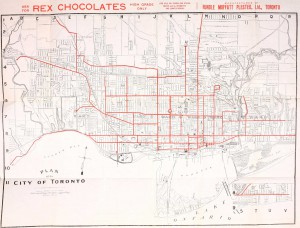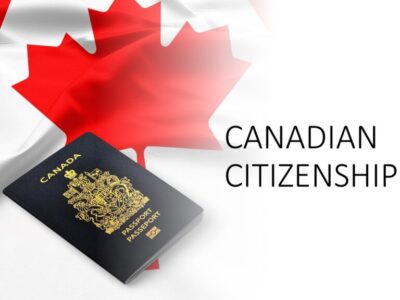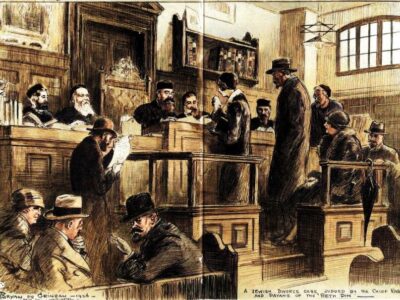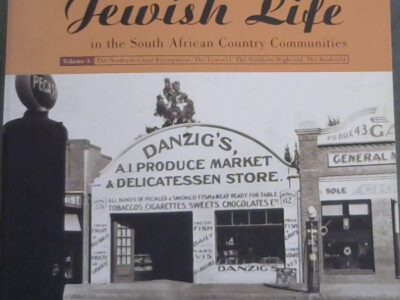As nearly correct as it is humanly possible to make it
From the Toronto Star, February 6, 1912
 ◊ This article describes a census conducted one century ago by the police of Toronto for their own purposes only six months after the federal census of Canada. It is unknown what information was collected: did the police enumerators take names, ages and occupations or were they just interested in a head count, district by district? It is also unknown whether this or any other census the police may have conducted has been preserved in the City of Toronto Archives, the Police Museum, or any other vault.
◊ This article describes a census conducted one century ago by the police of Toronto for their own purposes only six months after the federal census of Canada. It is unknown what information was collected: did the police enumerators take names, ages and occupations or were they just interested in a head count, district by district? It is also unknown whether this or any other census the police may have conducted has been preserved in the City of Toronto Archives, the Police Museum, or any other vault.
Deputy Chief Stark, who had charge of the taking of the police census, fails to see any great cause for the public wonder that the figures of the city’s population should be nearly 40,000 higher than those presented by the Dominion census enumerator some months ago.
He further states that the police statistics are open to the most rigid inspection and if any citizen fancies he has been overlooked the compilers will be glad to look into the matter.
The deputy is confident that the 425,407 population figures are as nearly accurate as it is possible to make them. The 105 officers chosen for this duty were carefully picked men, they went about their work with the knowledge that every bit of their work was to be checked after them and were fully aware of the fact that any mistake could be traced definitely to the man who made it. Under these conditions, the deputy can find no loopholes for errors except of such trifling character as could not materially affect the total.
In fact after the compiling of statistics had been completed, a week was spent by the police accountants in checking the figures before they were presented to the Mayor.
One citizen has suggested that he and members of his family were absent upon the week of collection while visitors were staying a few doors up the street. The answer of the official is that the visitors were counted while the citizens family were not, and that those who visited the city upon the night in question would very nearly balance the number of those who were absent.
The cards collected indicated the number of people who occupied the various houses in one night, and it would be absolutely impossible to find any one night when there were no visitors to the city or no citizens absent.
In such rare cases where a certain house could furnish no information, the officer gained what facts he could from the neighbours. So if any who were absent from the city on the night in question fancy they were missed or counted twice the police will go to the trouble of verifying figures in order to ensure an accurate census.
The Deputy further states that during the checking there was not found a single instance of a house being left out or recorded twice. ♦






